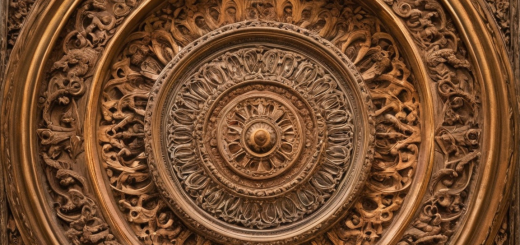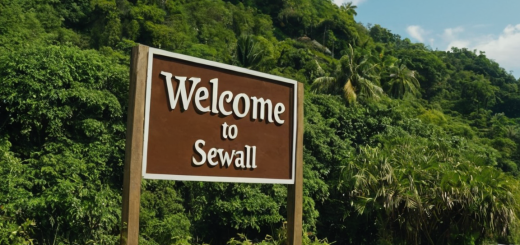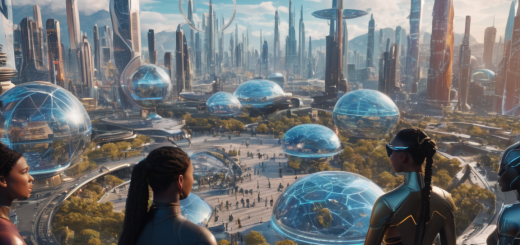Understanding the Magnificence of Machu Picchu: A Glimpse into the Inca Civilization
Exploring Machu Picchu: A Harmonious Blend of Nature and Incan Ingenuity
Nestled high in the Andes Mountains of Peru lies the ancient Incan city of Machu Picchu, a UNESCO World Heritage Site and one of the New Seven Wonders of the World. Discovered in 1911 by American historian Hiram Bingham, this archaeological gem continues to bewitch historians, architects, and tourists alike.
Historical Background
Believed to have been built around the mid-15th century, Machu Picchu, which means ‘Old Mountain’ in Quechua, served as a royal estate for Inca emperors and nobility. Despite its majestic presence, it was abandoned a century later during the Spanish Conquest, remaining lost to the outside world until the early 20th century.

Architectural Wonders
The Incas were master stonemasons, and Machu Picchu stands as a testament to their skill. The city is divided into two main sections: the agricultural sector, featuring terraces carved into the hillside for farming, and the urban sector, with its temples, plazas, and residences. The precision of the stone-cutting, which needed no mortar to remain intact, illustrates the Inca’s sophisticated understanding of architecture.
Spiritual and Astronomical Significance
Structures like the Temple of the Sun and the Intihuatana stone highlight Machu Picchu’s astronomical and religious significance. It is believed that these served as a calendar and a place of sun worship, demonstrating the Inca’s astronomical knowledge and their dedication to their sun god, Inti.
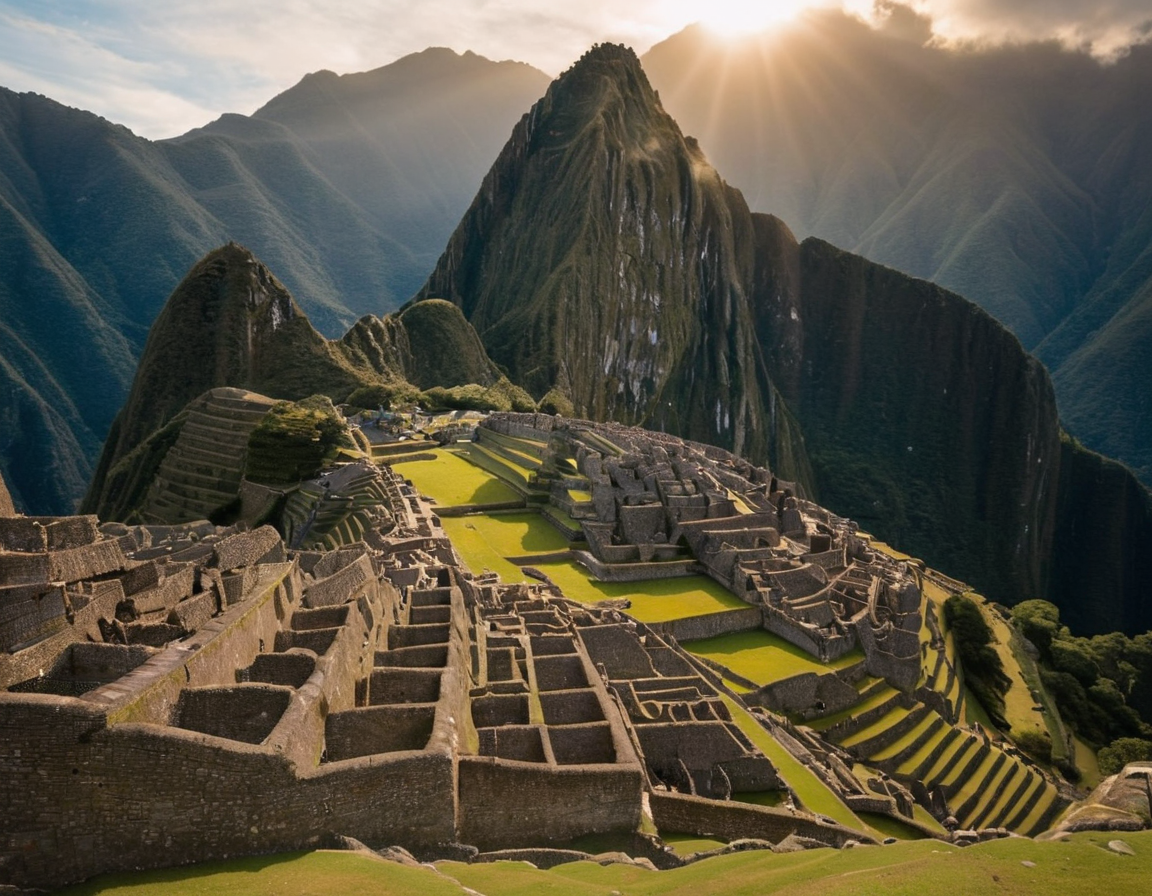
Biodiversity in the Clouds
The location of Machu Picchu is not only a strategic marvel but also a hotspot for biodiversity. It is home to several endemic species and varied ecosystems, ranging from lush cloud forests to rugged mountain terrains.
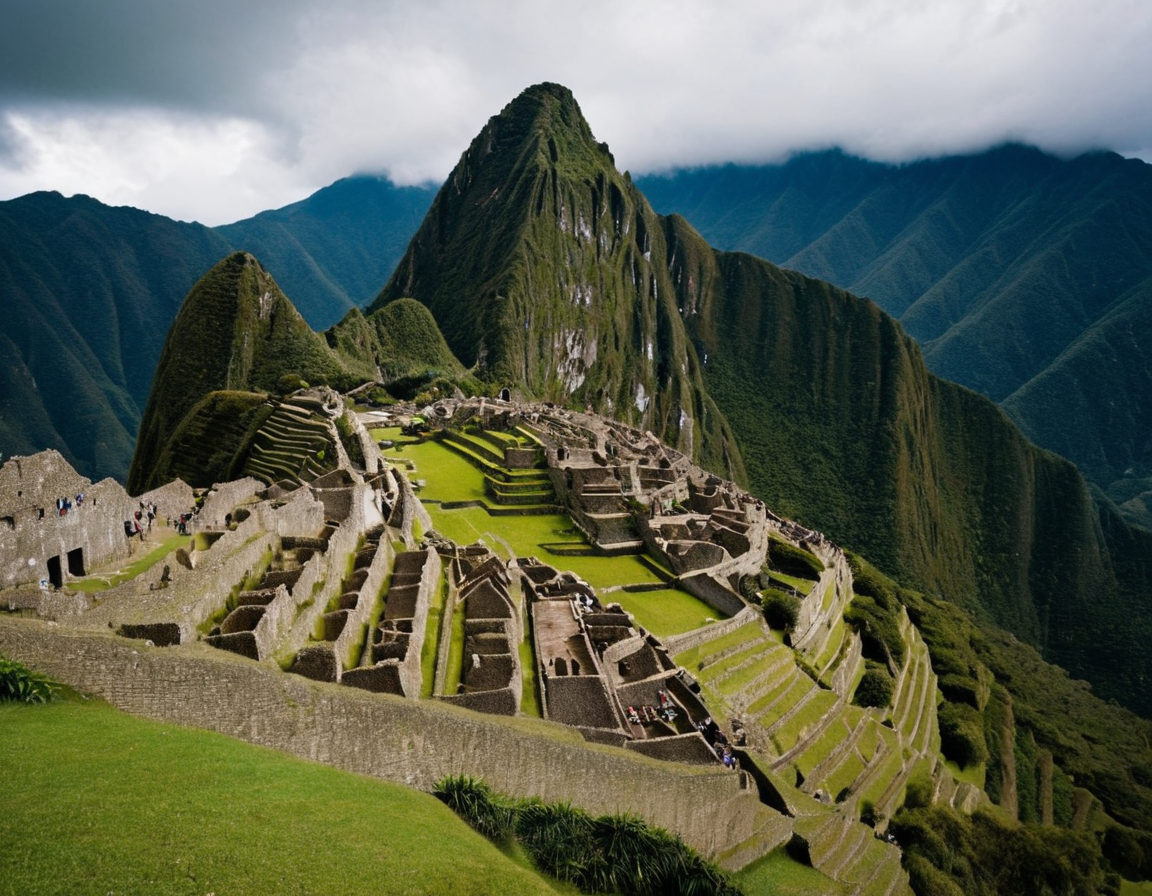
Modern-Day Fascination and Preservation Efforts
Today, Machu Picchu draws hundreds of thousands of tourists annually, eager to witness the awe-inspiring convergence of human ingenuity and natural splendor. Preservation efforts are crucial to maintain this site for future generations amidst challenges such as erosion and tourist impacts.
Conclusion
As we reflect on the ingenuity of ancient civilizations, Machu Picchu stands out, bridging the past and present. It remains a symbol of the Inca’s advanced understanding of engineering, architecture, and celestial mechanics, and continues to intrigue and inspire all who visit.
Wish to see the splendor of Machu Picchu with your own eyes? Start planning your journey to this grand Incan citadel and experience the mystical allure that has captivated millions around the world!


